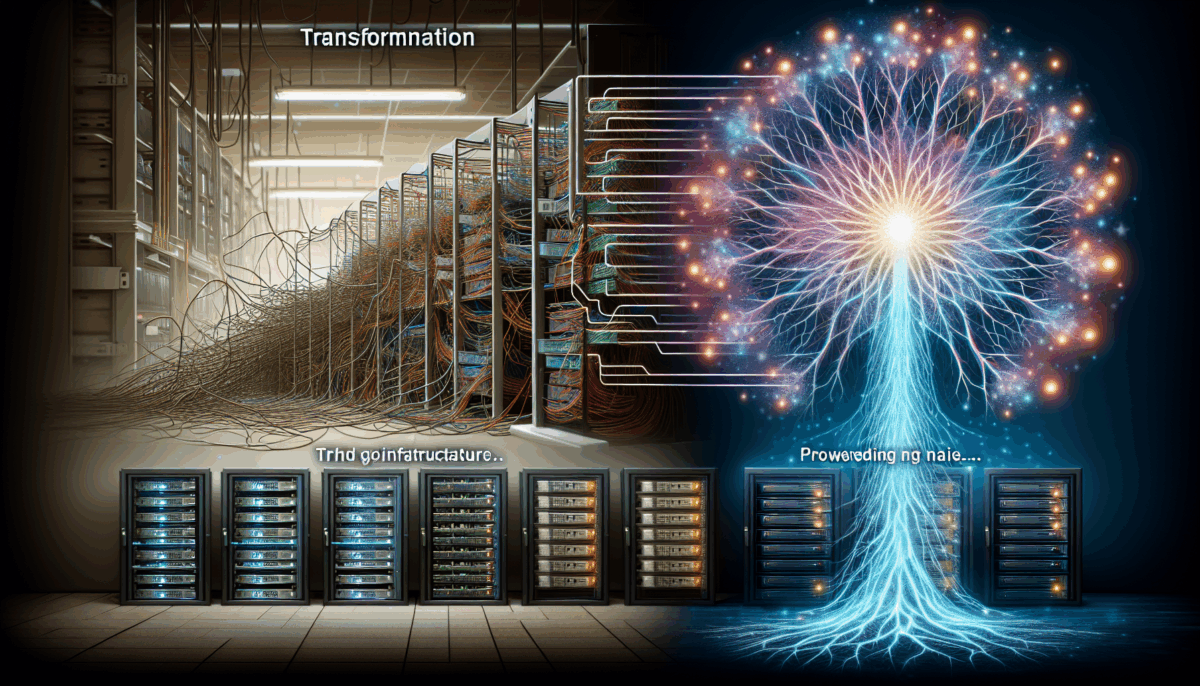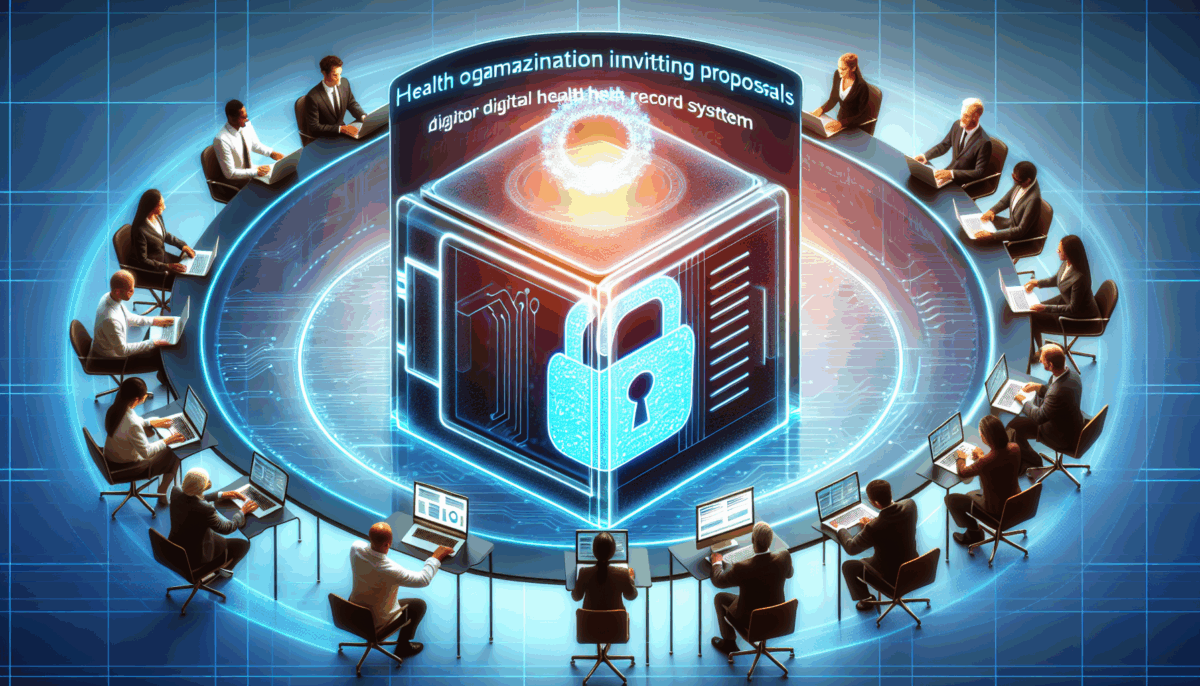Get Ready for Action, Australia: ROG Xbox Ally and Ally X Handhelds Launch on 16 October
We independently review everything we recommend. When you buy through our links, we may earn a commission which is paid directly to our Australia-based writers, editors, and support staff. Thank you for your support!
Quick Read
- ROG Xbox Ally and Ally X handheld consoles are set to be released in Australia on 16 October 2025.
- The new Handheld Compatibility Program guarantees game availability.
- Enhanced shader loading and AI-driven functionalities elevate the gaming experience.
- ROG Raikiri II Xbox Wireless Controller delivers exceptional accuracy.
ROG Xbox Ally and Ally X Handhelds Prepared for Australian Launch
The Australian gaming community is about to witness an exhilarating advancement as the ROG Xbox Ally and ROG Xbox Ally X handheld consoles are introduced on 16 October 2025. This news was officially revealed during the Xbox presentation at gamescom 2025, offering players the exciting possibility of taking their vast game collections with them wherever they go.
Handheld PC Gaming: A Revolutionary Phase
First presented at the Xbox Games Showcase earlier this year, the ROG Xbox Ally and Ally X transcend the concept of mere portable gaming devices; they signify a monumental progression into handheld PC gaming. These gadgets provide effortless access to games from Xbox, Battle.net, and other significant PC platforms, guaranteeing that gamers can enjoy play anytime, anywhere.
Handheld Compatibility Initiative
In support of these innovative devices, Xbox has launched the Handheld Compatibility Program. This program ensures that a greater number of games are instantly playable on your handheld device. Titles in your collection will feature tags such as “Handheld Optimised” or “Mostly Compatible,” simplifying the gaming experience by minimizing setup times.
Upgraded Gaming Features
The ROG Xbox Ally devices are furnished with cutting-edge features. The sophisticated shader delivery framework preloads game shaders as they are downloaded, allowing games to start up to ten times quicker while conserving battery life. Additionally, the ROG Xbox Ally X will soon gain AI-enhanced features like Automatic Super Resolution (Auto SR), which improves game visuals without the need for developer intervention, and highlight reels that document key gameplay moments for easy sharing.
Precision Play with ROG Raikiri II Controller
For gamers who favor classic control schemes, the ROG Raikiri II Xbox Wireless Controller serves as the perfect companion. Crafted by ASUS, this controller boasts features such as a 1000Hz polling rate in PC mode, anti-drift TMR joysticks, and dual-mode triggers, ensuring accuracy and dependability for all players.
Conclusion
As Australia eagerly awaits the launch of the ROG Xbox Ally and Ally X, these devices pledge to transform handheld gaming with their groundbreaking features and integrated game access. The Handheld Compatibility Program, alongside the advanced gaming improvements, positions these handhelds as essential items for dedicated gamers this holiday season.




.jpg&h=420&w=748&c=0&s=0)










